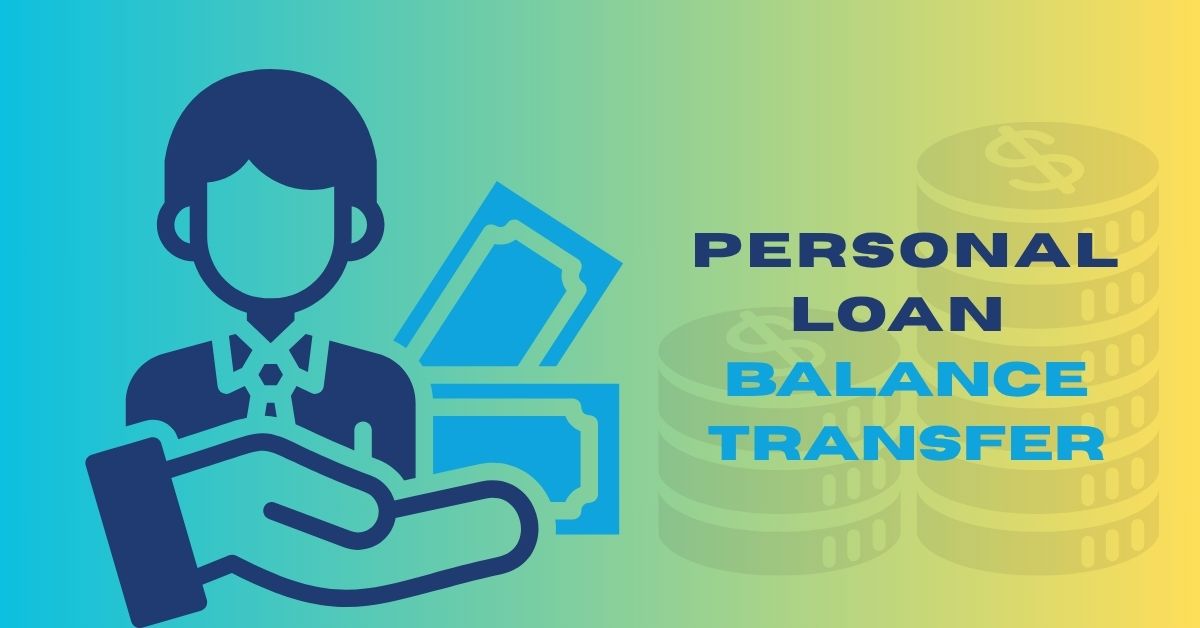Managing personal loans can be challenging, especially when high interest rates or rigid repayment terms start to strain your finances.
If you’re finding it difficult to keep up with your current personal loan, or simply want to reduce your monthly outflow, a personal loan balance transfer could be a smart financial move.
In this beginner-friendly guide, we’ll walk you through what a balance transfer is, how it works, its benefits, and the steps to follow to make the switch seamlessly.
What is a Personal Loan Balance Transfer?
A personal loan balance transfer allows you to transfer your outstanding loan amount from your current lender to a new one, typically offering a lower interest rate or better repayment terms. This means your new lender will pay off your existing loan, and you’ll continue repaying the balance to the new lender under the revised conditions.
It’s similar to refinancing your loan to get better terms.
Why Consider a Balance Transfer?
Here are some common reasons why people opt for a personal loan balance transfer:
- Lower Interest Rate: The most common reason is to benefit from a reduced interest rate. Even a small decrease can lead to significant savings over time.
- Reduced EMI: Lower interest means smaller monthly payments, which eases your cash flow.
- Better Terms: You might be able to extend the tenure, choose a more flexible repayment plan, or access top-up loans.
- Improved Credit Score: Regular and timely repayments with your new lender can help improve your credit rating.
- Consolidate Debt: A balance transfer can help consolidate multiple high-interest loans into one, making it easier to manage.
Eligibility Criteria
Though it varies by lender, most banks and NBFCs (Non-Banking Financial Companies) have similar eligibility criteria:
- Minimum number of EMI payments made: Usually, you should have paid at least 12 EMIs on your current loan.
- Good credit score: A score above 700 is generally preferred.
- Stable income: Steady income or employment is essential to assure lenders of your repayment capacity.
- Clean repayment history: Any missed payments or defaults might make you ineligible.
Steps to Transfer Your Personal Loan
Here’s a simple step-by-step guide to help you through the process:
1. Evaluate Your Current Loan
Check your outstanding principal, remaining tenure, and the interest you are currently paying. Also, verify if your current lender charges a prepayment or foreclosure fee.
2. Compare New Offers
Look for other lenders offering lower interest rates or better repayment options. Many lenders also provide online balance transfer calculators to estimate your savings.
3. Check Your Eligibility
Visit the lender’s website or speak to a representative to see if you qualify. You may need to submit documents such as income proof, ID, address proof, and loan statements.
4. Apply for the Balance Transfer
Once you’ve chosen a lender, submit your application and documents. If approved, the new lender will pay off your old loan.
5. Foreclose Your Old Loan
Your old lender will issue a loan closure letter. Keep this safely as proof that your old loan has been fully repaid.
6. Start Repaying the New Loan
Begin making repayments to your new lender according to the new terms. Set up auto-debit to avoid missing payments.
Things to Watch Out For
While a balance transfer can be beneficial, it’s not always the right choice. Keep these considerations in mind:
- Processing Fees: The new lender may charge a fee, typically 1-2% of the loan amount.
- Foreclosure Charges: Check if your current lender imposes a fee for closing your loan early.
- Total Cost of Transfer: Ensure that the total cost doesn’t outweigh the potential savings.
- Credit Score Impact: Multiple loan applications can affect your score. Only apply after confirming your eligibility.
Final Thoughts
A personal loan balance transfer can offer financial relief and better loan management if done wisely. It’s particularly useful for those stuck with high-interest loans or looking to reduce their EMI burden. However, it’s essential to compare offers, understand the fine print, and calculate the actual savings before making the switch.
Remember, the goal is not just to lower your interest but also to make your debt more manageable. With proper planning, a balance transfer can be a valuable step toward better financial health.
For more posts, click here









